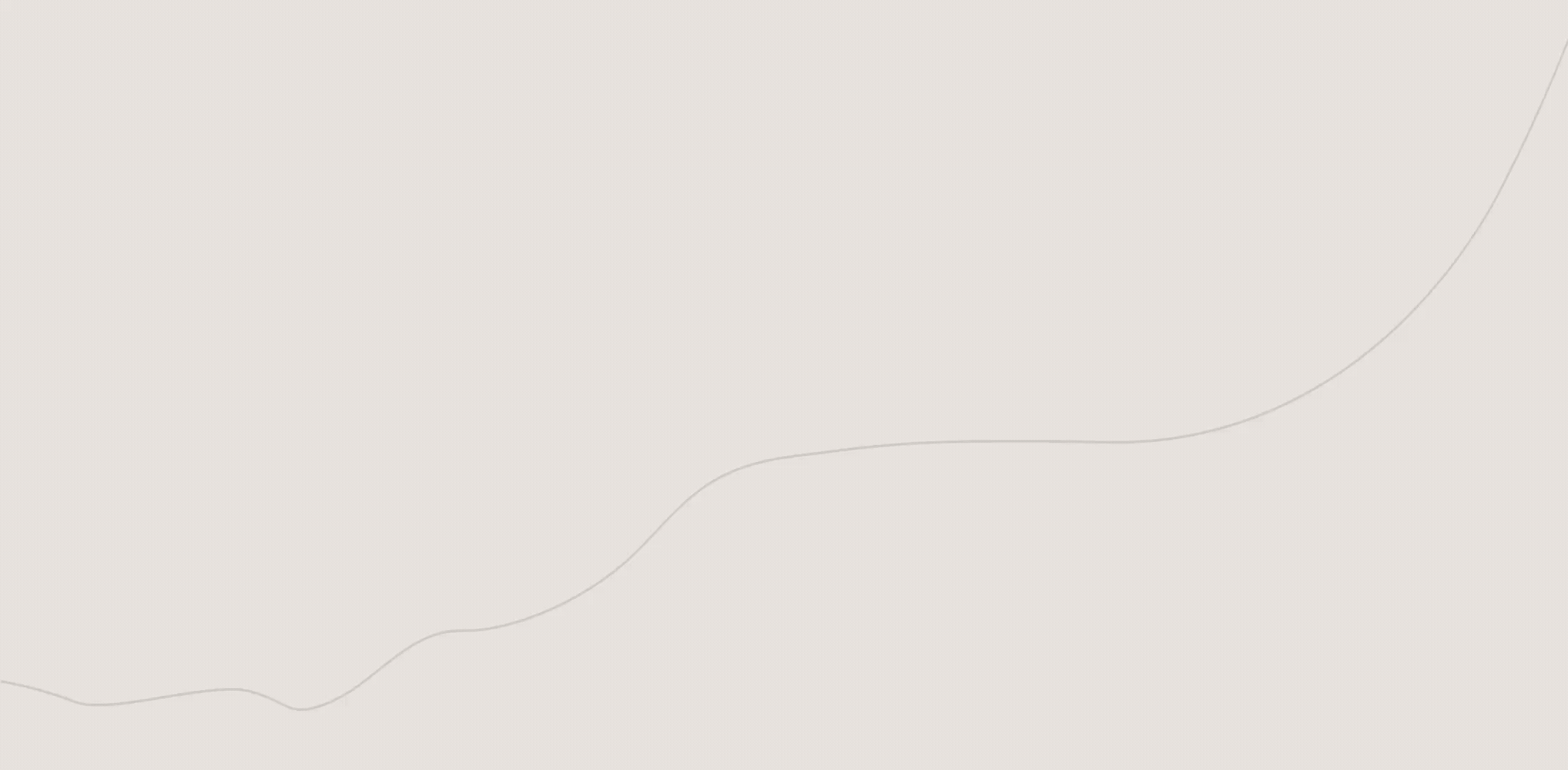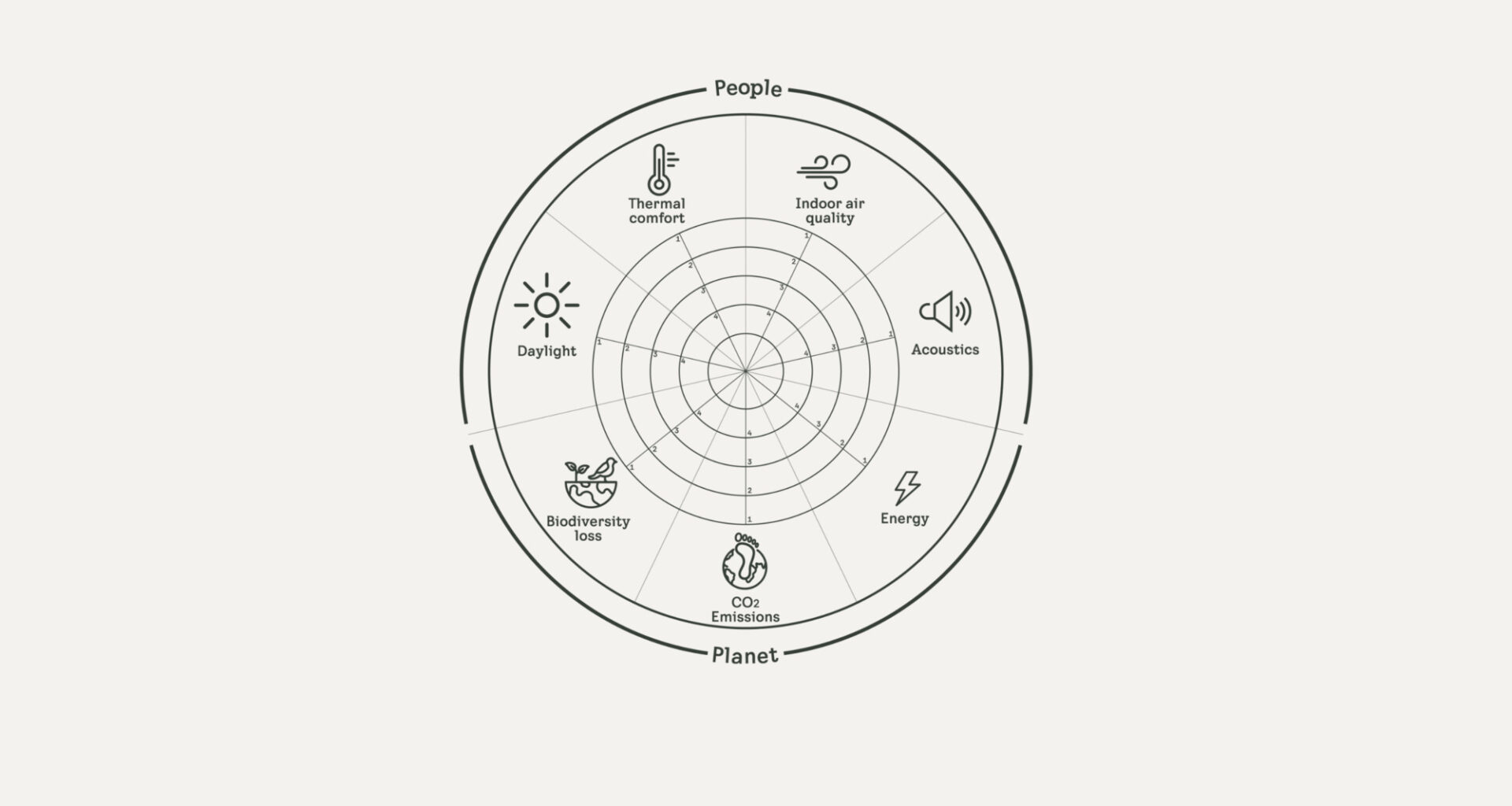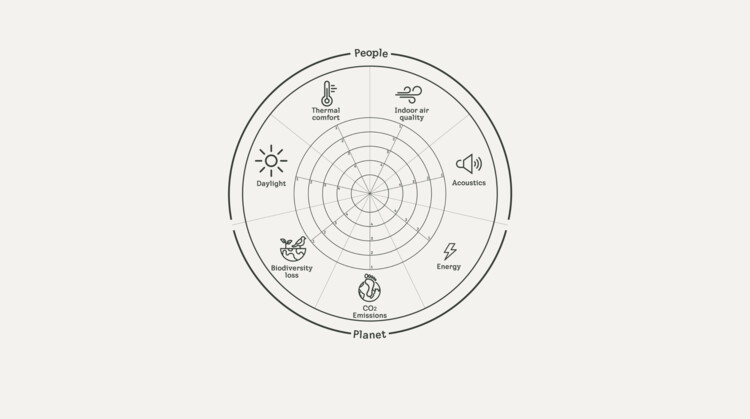Share
Or
https://www.archdaily.com/1035203/unlocking-the-untapped-potential-of-our-existing-buildings-for-a-healthier-future
The VELUX Group is launching the next step in its Action Leadership agenda as an experiment to explore how existing buildings can better serve both people and planet. The experiment builds on decades of demonstration projects and research into healthy buildings, including Living Places, which achieved an ultra-low carbon footprint and first-class indoor climate in an affordable and accessible way. The next step shifts focus towards existing buildings, from new build to renovation—named Re:Living.
Re:Living is a forward-thinking experiment to reimagine renovation to be more than a technical upgrade, and instead as a holistic opportunity to improve human well-being, support biodiversity, and reduce environmental impact. It’s part of VELUX’s long-term commitment to lead the building industry toward healthier, more sustainable practices, driven by a belief that simply reducing harm is no longer enough.
From Problem to Solution
The experiment is driven by several urgent challenges: today, the built environment is responsible for one-third of global emissions—pushing our planet beyond its limits. Monitored wildlife populations have shrunk by 73% since 1970, with material consumption associated with construction being responsible for 29% of all threatened species. At the same time, one in four Europeans lives in a home with poor indoor air quality, and 146 million buildings across Europe require upgrades by 2050 to meet the climate targets under the Paris Agreement. The scale of the problem is vast, but so is the opportunity, and the responsibility, to rethink how we renovate.
Re:Living asks a key question: What if our existing buildings could be part of the solution to create the homes we need for the planet we want? And in doing so, shift the building industry from a source of extraction toward a force for regeneration of our planet and ourselves?
The Re:Living experiment will begin by identifying key challenges and opportunities, bringing together changemakers, leading experts, and industry pioneers to co-create ideas in a series of events. The exchanges cross-pollinate and fertilize a framework and concept, which eventually will be put to the test in full-scale proofs of concept, and continue to be scaled with pioneering partners to drive impact.

The People and Planet Model
Building for both people and planet means striking a balance between human well-being and environmental health, along with affordability. It’s about making decisions that not only reduce carbon emissions but also restore biodiversity, recognizing that human health is deeply connected to the health of our planet.
The model has been developed to level the dialogue on buildings towards a more holistic understanding of the built environment while integrating a key scientific framework of the planetary boundaries.
By applying this scientific base, the People and Planet Model offers a framework for buildings that support both ecological resilience and human health. It includes indicators for people: daylight, thermal comfort, indoor air quality, and acoustics; and for the planet: biodiversity loss, CO₂ emissions, and energy use.

Follow the Experiment
Learn more and follow the experiment here.


